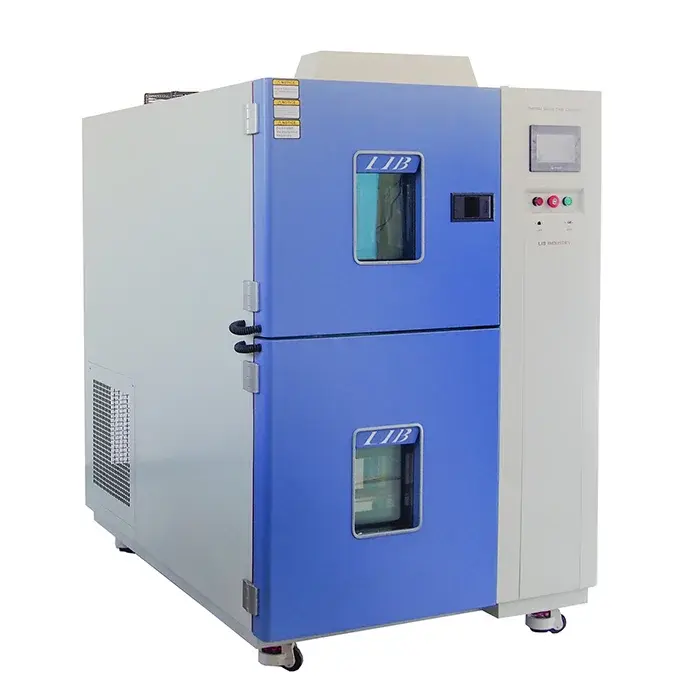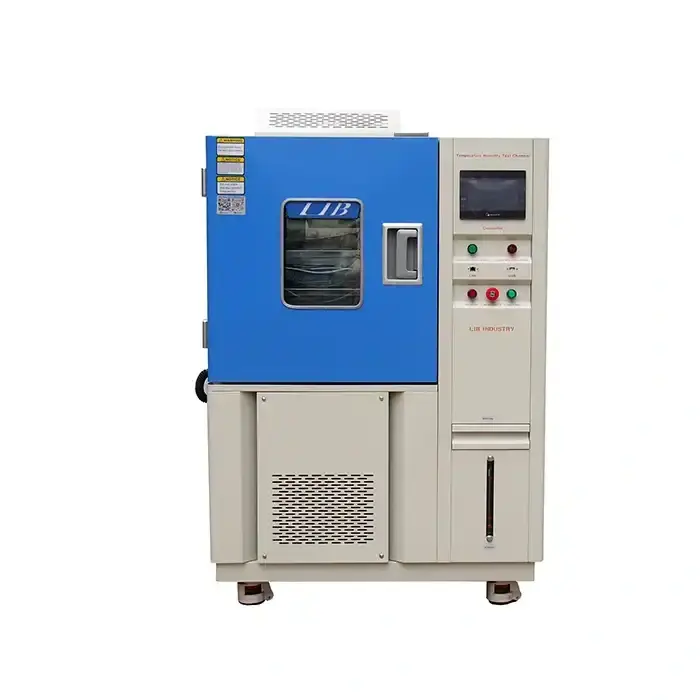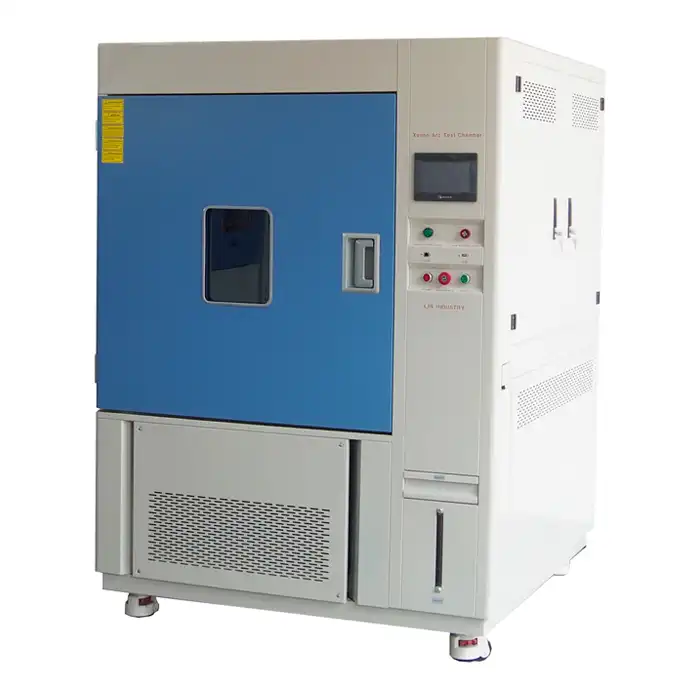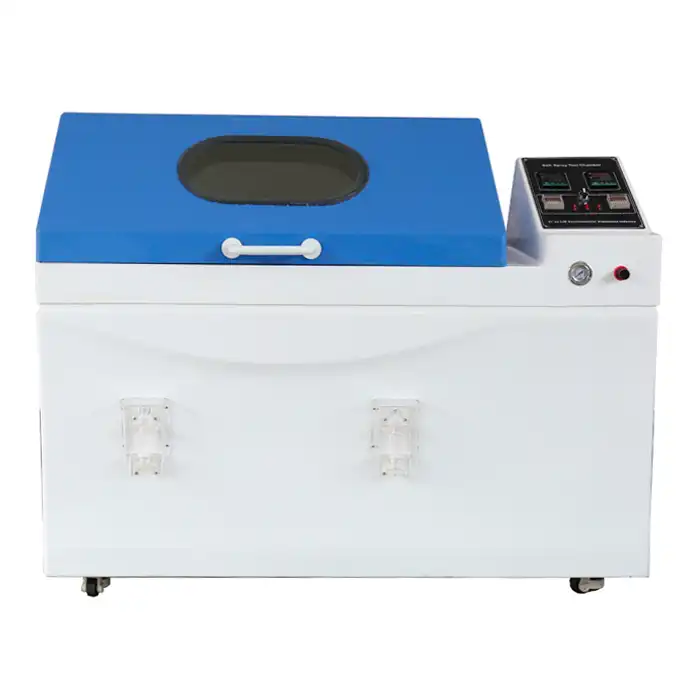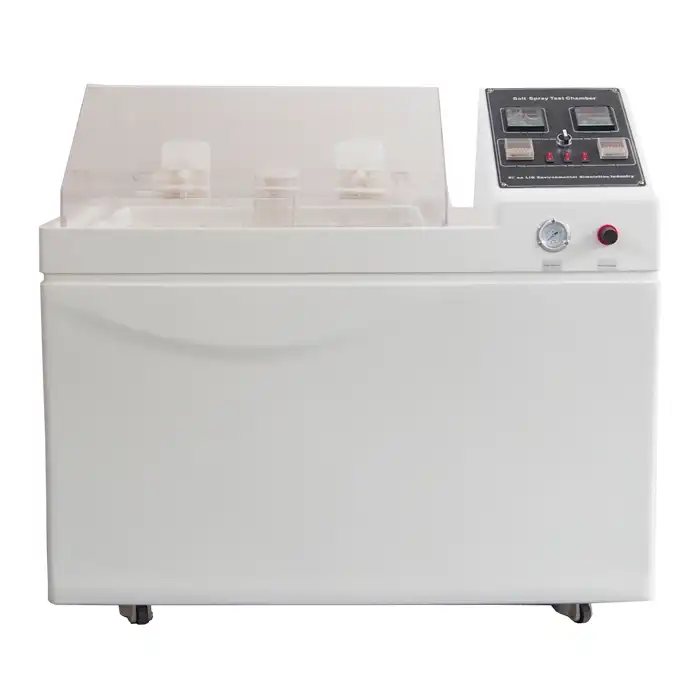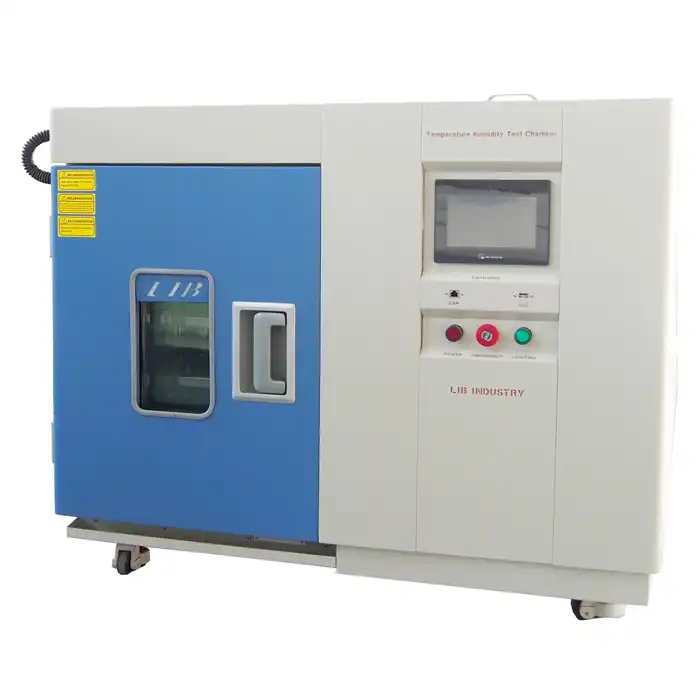Successful Implementation of Salt Spray Test Equipment in Automotive Industry
Corrosion resistance is a critical factor in the automotive industry, where metal components are constantly exposed to harsh environmental conditions. Salt spray test equipment plays an essential role in evaluating the durability of automotive parts by simulating prolonged exposure to corrosive environments.
The Critical Role of Salt Spray Testing in Automotive Component Validation
Automotive components, especially those made of metal or coated with protective layers, must withstand exposure to moisture, road salts, and varying temperatures. Salt spray testing is a standardized method that helps manufacturers assess how well their materials and coatings resist corrosion. By subjecting parts to a controlled salt fog environment, engineers can predict long-term performance and identify potential weaknesses before mass production. This testing is essential for ensuring safety, longevity, and compliance with international automotive standards.
Key Features and Technologies of Modern Salt Spray Test Equipment
Modern salt spray test equipment has evolved significantly, incorporating advanced features that enhance precision, reliability, and efficiency. These systems typically include:
- Automated Control Systems - Digital interfaces and programmable settings allow users to customize test cycles based on specific industry standards like ASTM B117, ISO 9227, and JIS Z 2371.
- Uniform Fog Distribution - Advanced atomization technology ensures even salt fog exposure, preventing inconsistencies in test results.
- Corrosion-Resistant Chambers - High-quality materials such as reinforced fiberglass or stainless steel prevent contamination and extend the lifespan of the equipment.
- Multi-Function Testing Capabilities - Some systems integrate cyclic corrosion testing, enabling manufacturers to simulate real-world conditions beyond traditional salt spray tests.
- Data Logging and Remote Monitoring - Modern salt spray test equipment can store test parameters and results digitally, allowing for better quality control and compliance documentation.
Best Practices for Integrating Salt Spray Test Systems into Automotive Manufacturing
Successful implementation of salt spray test equipment requires careful planning and adherence to best practices:
- Selecting the Right Equipment: Automotive manufacturers should choose salt spray test equipment that meets their specific testing needs, considering factors like chamber size, testing duration, and compliance with industry standards. Partnering with reputable salt spray test equipment suppliers ensures access to high-quality systems tailored to automotive requirements.
- Optimizing Test Parameters: Proper control of temperature, humidity, and salt concentration is essential for obtaining accurate and reproducible results. Calibration and maintenance schedules should be strictly followed.
- Implementing a Quality Assurance Workflow: Integrating salt spray testing into the production process ensures that materials and coatings undergo rigorous validation before entering the market. A well-defined workflow helps identify defects early, reducing costly recalls.
- Leveraging Data for Continuous Improvement: Advanced salt spray test equipment provides valuable corrosion data that can be used to refine material selection and improve protective coatings.
Real-World Applications of Salt Spray Testing in Automotive Manufacturing
Salt spray testing is widely used in the automotive sector to assess the corrosion resistance of various components. Some common applications include:
- Body Panels and Frames: Steel and aluminum panels are subjected to salt spray tests to evaluate the effectiveness of protective coatings. According to industry studies, corrosion-related recalls have cost automakers billions, making this testing crucial.
- Fasteners and Bolts: Zinc-coated and stainless steel fasteners are tested to ensure they maintain structural integrity after prolonged exposure to corrosive environments.
- Exhaust Systems: Since exhaust pipes and mufflers operate in extreme heat and moisture conditions, salt spray testing helps manufacturers develop high-durability materials.
- Electrical Connectors: Corrosion in automotive electrical components can lead to safety hazards. Testing ensures connectors and wiring terminals remain functional even in high-humidity environments.
- Brake and Suspension Components: These parts are constantly exposed to road salt and moisture. Ensuring corrosion resistance is essential for vehicle safety and performance.
LIB Salt Spray Test Equipment
LIB Industry is a leading salt fog test equipment factory, specializing in high-performance systems designed to meet the demanding requirements of the automotive sector. Our salt spray chambers offer:
- Precision Engineering: Our systems ensure uniform salt fog distribution, providing consistent and reliable test results.
- Customizable Testing Options: We offer a range of models with adjustable settings to accommodate different testing standards and requirements.
- User-Friendly Operation: Intuitive controls and automated features simplify test setup and execution.
- Advanced Corrosion Resistance: LIB salt spray chambers are built with durable materials to withstand prolonged exposure to corrosive environments.
- Comprehensive Support: We provide full-service solutions, including installation, training, and maintenance assistance to ensure optimal performance.
For automotive manufacturers looking to enhance their corrosion testing capabilities, LIB Industry's salt fog test equipment suppliers network offers the perfect solution. Contact us at ellen@lib-industry.com to learn more about our products and how they can support your testing requirements.
References
1. ASTM B117 - Standard Practice for Operating Salt Spray (Fog) Apparatus.
2. ISO 9227: Corrosion Tests in Artificial Atmospheres - Salt Spray Tests.
3. JIS Z 2371: Japanese Industrial Standards for Salt Spray Testing.
4. "Corrosion Resistance of Automotive Coatings: A Comparative Study" - International Journal of Automotive Engineering.



